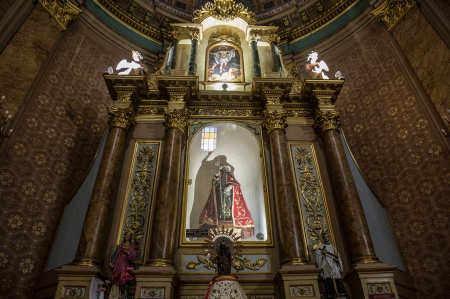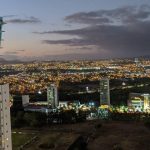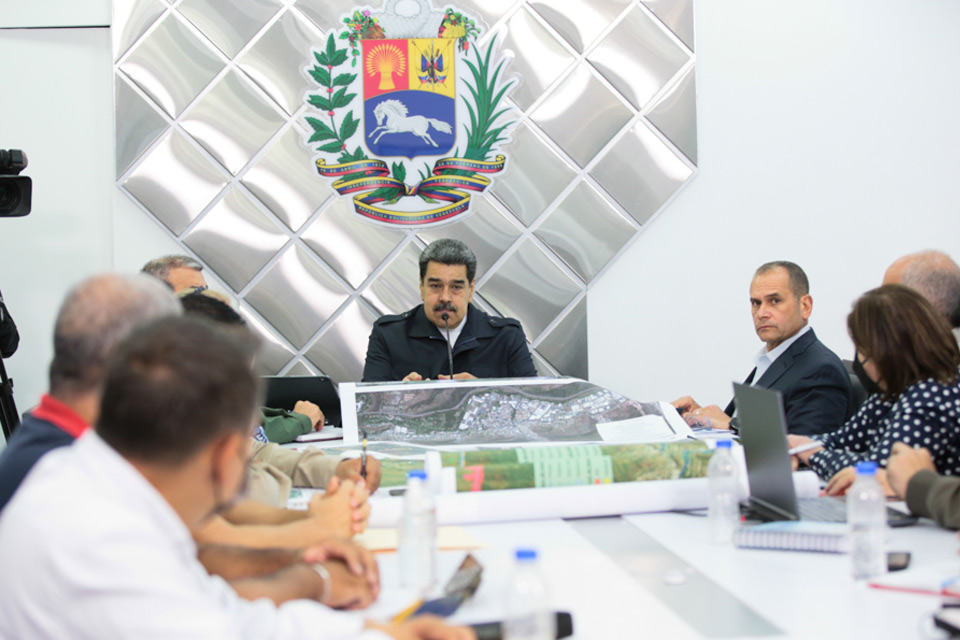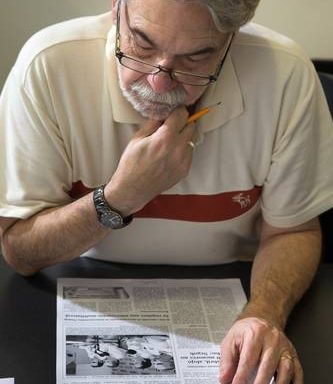The Basilica Cathedral of Santiago del Estero as an episcopal seat is the oldest in the country, since its history of creation date back from 1565 and 1570, and the arrival of Fray Francisco de Victoria in 1581 gave rise to the first cathedral in Argentinaand preserves images “from the 16th and 17th centuries that are put up for devotion, they are not kept in a museum, but are images to which people go to pray and that is important,” explained an expert on the eve of the Day Cathedral International.
“It is the first cathedral to be founded in the current Argentine territory”The Undersecretary of Culture and Tourism of the Capital, architect Rodolfo Legname, explained to Télam.
Although he explained that the current building located in front of Plaza Libertad, in the capital city, “is the fifth cathedral that we have as a building, but it is the first cathedral institution in the country,” and he even explained that “also in Santiago del Estero it is the first consecration of a bishop of the Argentine territory”.

Legname indicated that the exact place in the city of Santiago where it was erected is unknown, although “hypothetically it is deduced that the old city was in the Aguirre Park area, well above the river (Dulce)” when the river advanced there were great floods” and that affected the cathedral supposedly located in the area, for which it was moved and built as a temple five times.
“It is the first cathedral to arrive with Francisco de Victoria, who is consecrated as the first bishop, who will do many more things than those of a bishop, such as promoting production in a very particular way”Legname commented.
In this sense, he said that he “exports fabrics and hats to Brazil, on September 2, which is when the National Industry Day is celebrated, and in exchange for production payment they offer him 120 blacks,” to which He said that something unimaginable in these times, in which “a production of indigenous labor was paid with slaves, but that is part of our foundation and history as well.”
At the same time, he commented that the Santiago cathedral “suffered various vicissitudes, the first was a flood, Santiago del Estero suffered three floods in the 17th century, one was in 1612, another in 1622 and then 1672, and every time the city was flooded , the church was in some kind of upheaval.”

The fourth cathedral was built when the city was moved.
“The city that Aguirre founded is not the one we live in today, that city moved in 1702 and the new cathedral was built in the area of Libertad and Tucumán streets, where today there are commercial premises, but it will be destroyed in 1817 by a very big earthquake,” Legname said.
“With that earthquake, as stated in the chapter minutes, the houses fall, jets of water come out of the ground and the tremors last almost 7 days, and that leaves the cathedral in ruins,” he said.
It is so for Royal Decree transfers the episcopal seat to Córdoba, leaving Santiago del Estero as “the mother church, no longer as a cathedral”.

In 1817, according to Legname, the cathedral “was going to be rebuilt by Manuel Taboda and in 1874 they finished the new cathedral, which is what we know now.”
“It is being built by the brothers Nicolás and Agustín Cánepa, who were from a very prestigious Italian construction company, which had already built the government house and had refurbished a number of buildings in several provinces,” he said.
“In 1874 the construction of the cathedral was completed and only in 1910 was the Bishopric restored, that is, the Bishopric of Santiago del Estero was re-created”commented.
It is so that later the facade of the Santiago cathedral is modified and changed, “before it was in a dark pink color and had a kind of comb with the shield of the Virgen del Carmen, all that is replaced by the current Christ to all nations and a so-called paris-style plaster is placed,” he explained.

On an architectural level, the building is Italianate “because it was made by Italians who came with the serlio-palladio and vignola architecture treatises and who copied all the styles from those treatises and did the works in that sense.”
He also maintained that “all the ornamental decoration that our cathedral has is very luxurious. It has painted moldings, rosettes, and marble imitations, it is very beautiful.”
When one enters the Cathedral Basilica “Our Lady of Carmen”as it is currently called, has altars on the sides, those on the left have everything that would be devotion to the apostle Santiago and the Virgen del Pilar.
In the Santiago cathedral, the apostle Santiago can be seen above and the Virgen del Pilar on a column below, while on the right side there are all the dedications and devotions of those who were the vice patrons and patrons of Santiago del Estero, such as Saint Pedro, Santa Bárbara, San Gregorio Taumaturgo, among others.

“San Gregorio was voted second vice-patron because of the 1817 earthquake, since in the capitulary minutes he realizes that after having voted him second patron the tremors stopped” and there were no more earthquakes in the province, Legname said. .
“Nothing was left of the first cathedral, the oldest that our cathedral has are the images, it has one of Santiago that belonged to the Borges family from the 18th century, the altar of the Holy Family from the same century, also the altar of Calvary, the Lord of Patience, among others,” he said.
It also has the oldest Marian Brotherhood in Santiago del Estero, that of Nuestra Señora del Carmen, founded in 1946; which the Cabildo named her Patron on April 11, 1760

Also the image of the apostle Santiago and that of Our Lady of Consolation of Sumampa, the latter donated by a Portuguese who requested it from a friend from Brazil in 1630.
“Most of these images are from the 16th and 17th centuries, and together with the ornamental painting, it is the most valuable thing that our cathedral has, which seems common to us people from Santiago but is not usual”he pointed out.
“Our cathedral is an architecturally valuable building, it is of very high quality, it has nothing to envy other cathedrals in terms of production,” he said, although he maintained that “each one has its own thing, the Cathedral of Córdoba is possibly the jewel of the Argentine baroque, the Jujuy cathedral has its pulpit carved by the indigenous people, the Salta cathedral has its Miracle altar and its ornamental decoration is very similar to ours, and the Buenos Aires cathedral would be the oldest in terms of construction”.

The undersecretary of Culture and Tourism of the capital culminated rescuing what is, in his opinion, the most valuable of this cathedral.
“Something that does not happen in many cathedrals is that the images of the 16th and 17th centuries are dedicated to devotion, they are not preserved in a museum, but rather they are images to which people go to pray and that is important,” he pointed out. .
In recent years, as the cathedral of Santiago is a National hystoric monumentfor which it is under the custody and safeguard of the commission of monuments and historical places that watch over the conservation of the country’s buildings, had some spare parts for its conservation.


















